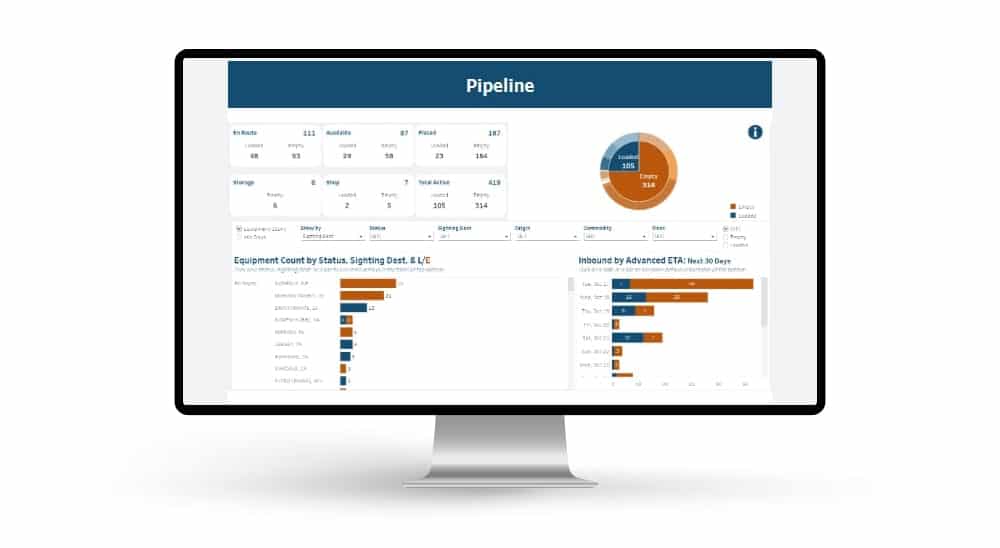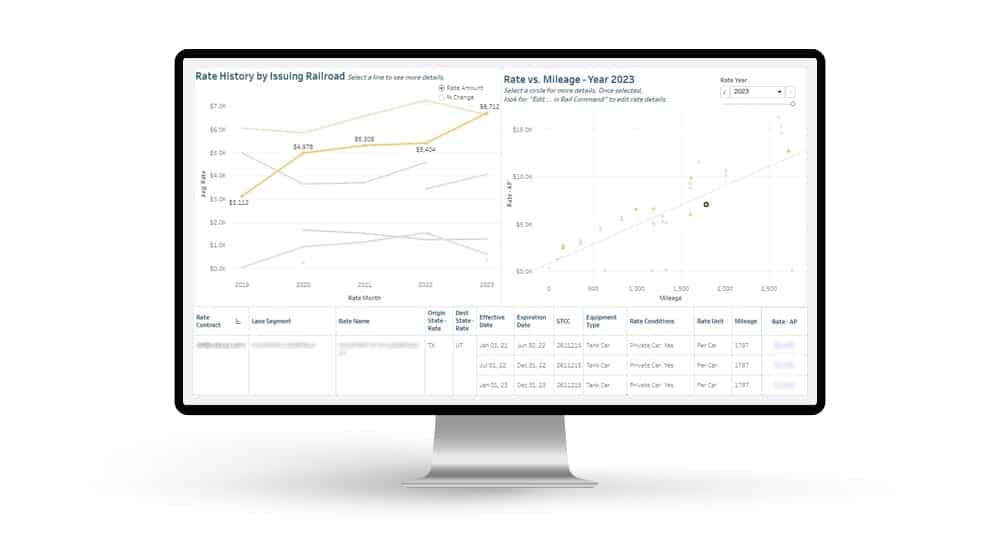How closely you monitor your rail shipment tracking can be related to several factors – the characteristics of the supply chain you are in, product perishability and value, and the cost of assets. Depending on the terms with your customers, you may not care what happens once shipments leave your dock. Finally, it may just be a matter of time and resources – many transportation departments just don’t have the time to closely monitor and troubleshoot problem shipments.
The optimal level of shipment monitoring can be determined by considering three things:
- The impact of railroad services problems on your business.
- The difference you are able to make by proactively managing and expediting rail shipments.
- The cost of managing and expediting rail shipments.
Railroad Service Issues
We find that on average 15% of rail shipments experience delays in transit and even more experience delays at origin or destination. This will vary depending on the location, railroad, seasonal factors, equipment type, and commodity. A sampling of railroad performance reports can be viewed here. Rail service problems cost rail shippers significant expense including:
- Cost of inventory including carrying cost and inventory loss.
- Asset costs.
- Tangible service costs including plant disruptions, expedited deliveries and intangible service costs including impact on customer relationships.
- Demurrage or customer holding charges.
Transit Variability
The unpredictable nature of rail service is a challenge for shippers to manage. Here is a scatter diagram from RSInet showing typical transit times for a rail lane:
Fleet planning, management, and the forecasting ETAs are difficult when the transit time ranges between 2 weeks and 1 month. Utilizing a system that provides better visibility and reporting is a first step in making those tasks easier.
Making A Difference
Does proactively managing and expediting your railcars improve transit times? We conducted a 3 month study for a shipper which provided the following data:
- 18% of shipments were identified as delayed.
- 20% of the delayed shipments were classified as requiring expediting according to our normal process (opening a service log with the railroad and making follow up calls as necessary).
- In comparing expedited to a control group of non-expedited cars, the transit time of the expedited cars was on average of 1.8 days shorter.
If you apply this to a firm shipping 250 cars per month, the impact of proactively monitoring rail shipment tracking of the cars in transit would be gaining 16 car days, or about an additional turn per year. So on that basis alone you may find that there is justification for making the effort to keep your cars moving. However, that’s just one aspect.
In most cases the arrival of loaded or empty railcars has to be coordinated with internal or external supply chain customers. Communicating accurate information up and down the supply chain can be critical. Proactively tracking and expediting railcar shipments provides a strategy for mitigating the unpredictable nature of rail shipping.
Improving tactical day-to-day rail operations is a critical foundation for improving overall rail logistics. It enables more accurate and leaner fleet sizing resulting in better asset management and lower accessorial charges. Eliminating or controlling the constant flow of small problems associated with day-to-day rail shipping allows transportation managers to focus on the right issues and improve the service they provide to internal and external customers.
Delays and variability are an inherent part of rail transportation. They significantly impact firms that rely on rail transportation. However, there are steps shippers can make to maximize the performance of their rail transportation.




 Automated exception reporting of the railcar tracking data makes it easy to identify and troubleshoot jeopardized shipments, thereby enabling you to provide better service to your stakeholders.
Automated exception reporting of the railcar tracking data makes it easy to identify and troubleshoot jeopardized shipments, thereby enabling you to provide better service to your stakeholders. Receive notification of pending rate expirations. Tariff changes and fuel surcharges can be automatically updated.
Receive notification of pending rate expirations. Tariff changes and fuel surcharges can be automatically updated.